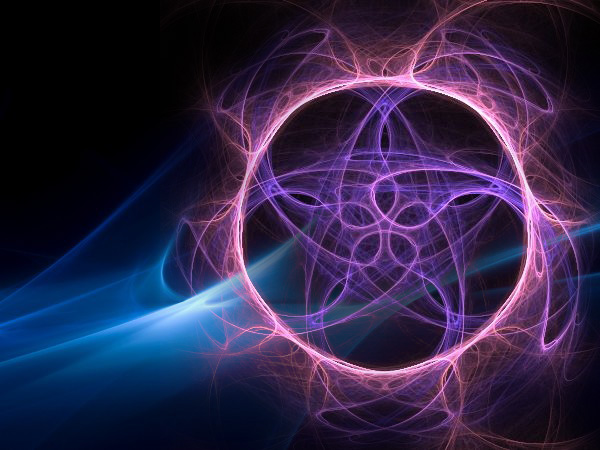
First, they teleported photons, then atoms and ions. Now one physicist has worked out how to do it with energy, a technique that has profound implications for the future of physics.
In 1993, Charlie Bennett at IBM's Watson Research Center in New York State and a few pals showed how to transmit quantum information from one point in space to another without traversing the intervening space.
The technique relies on the strange quantum phenomenon called entanglement, in which two particles share the same existence. This deep connection means that a measurement on one particle immediately influences the other, even though they are light-years apart. Bennett and company worked out how to exploit this to send information. (The influence between the particles may be immediate, but the process does not violate relativity because some informatiom has to be sent classically at the speed of light.) They called the technique teleportation.
In 1993, Charlie Bennett at IBM's Watson Research Center in New York State and a few pals showed how to transmit quantum information from one point in space to another without traversing the intervening space.
The technique relies on the strange quantum phenomenon called entanglement, in which two particles share the same existence. This deep connection means that a measurement on one particle immediately influences the other, even though they are light-years apart. Bennett and company worked out how to exploit this to send information. (The influence between the particles may be immediate, but the process does not violate relativity because some informatiom has to be sent classically at the speed of light.) They called the technique teleportation.
That's not really an overstatement of its potential. Since quantum particles are indistinguishable but for the information they carry, there is no need to transmit them themselves. A much simpler idea is to send the information they contain instead and ensure that there is a ready supply of particles at the other end to take on their identity. Since then, physicists have used these ideas to actually teleport photons, atoms, and ions. And it's not too hard to imagine that molecules and perhaps even viruses could be teleported in the not-too-distant future.


No comments:
Post a Comment